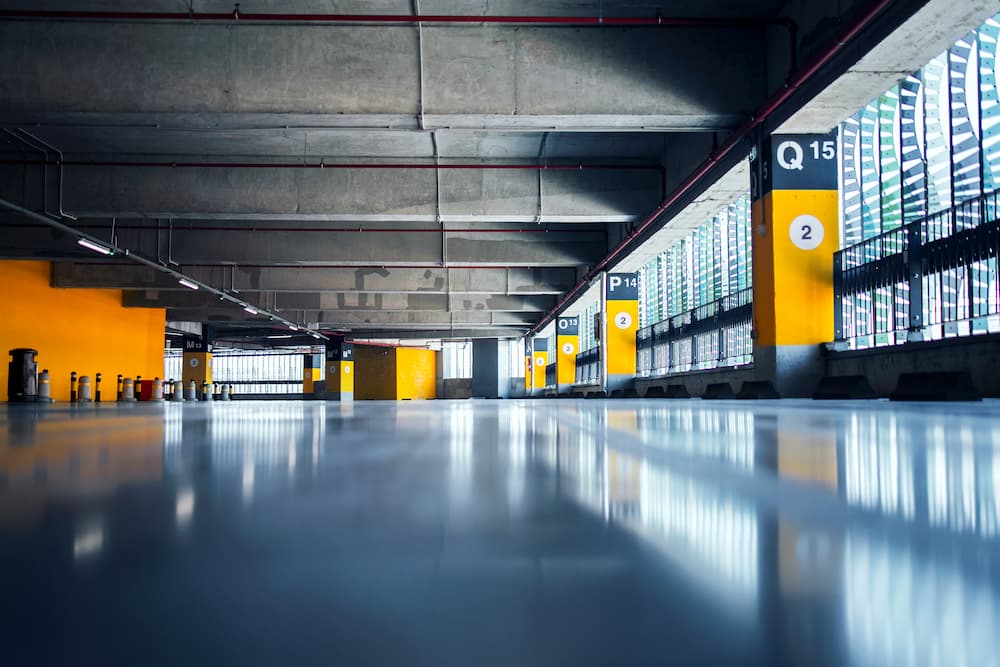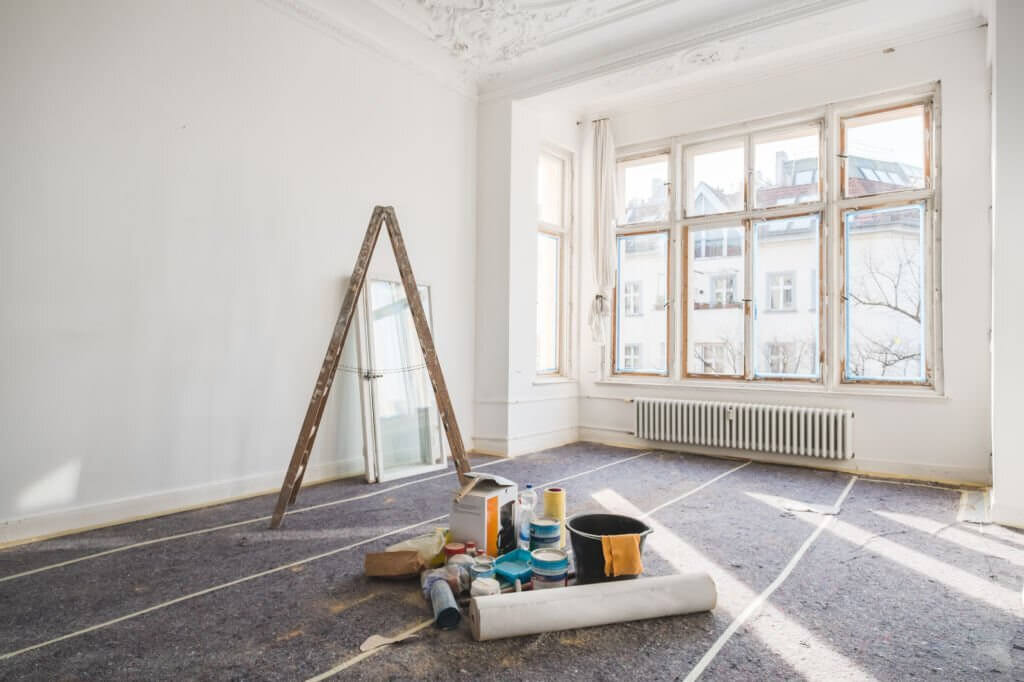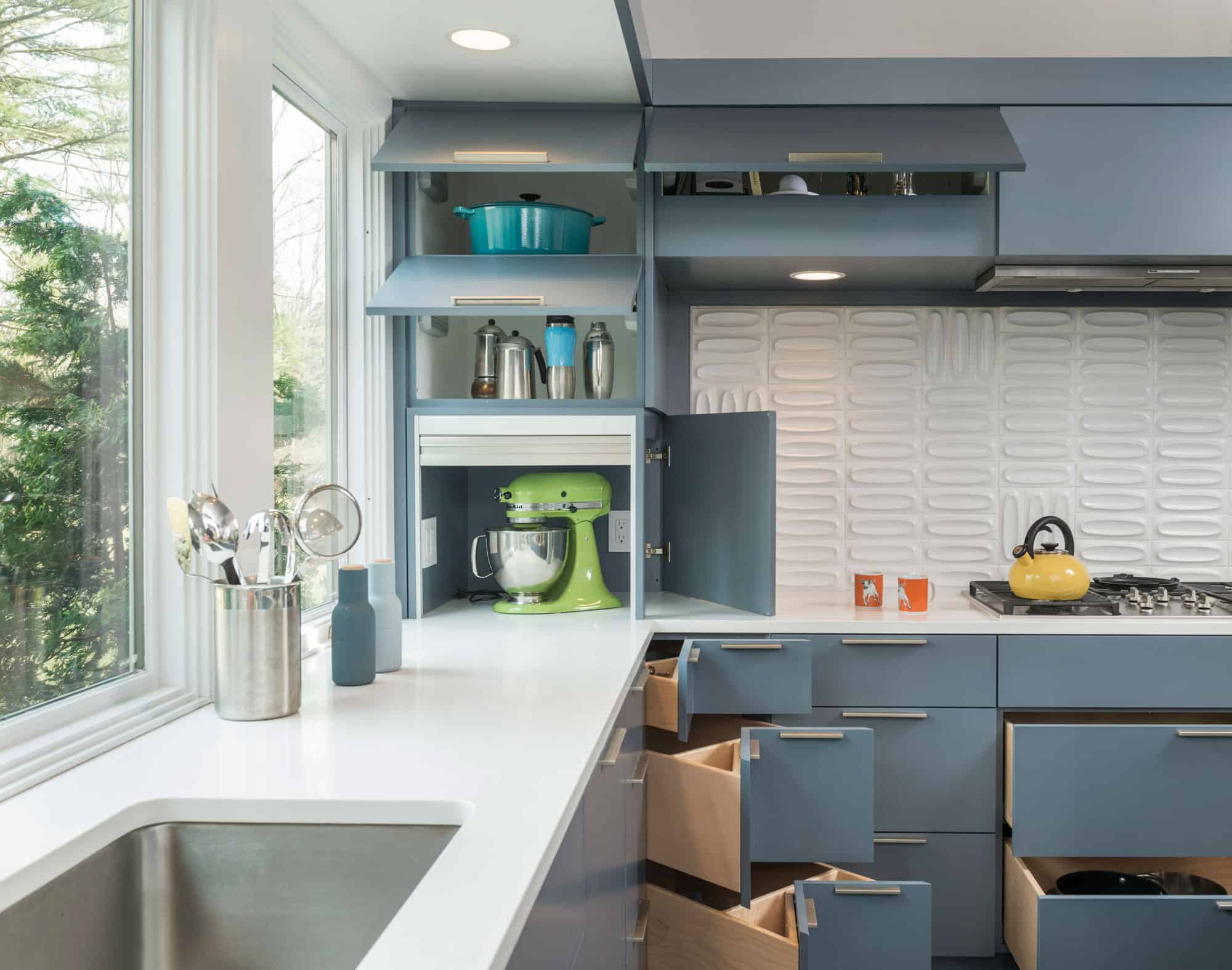Factory flooring plays a more crucial role than people often realise. It forms one of the fundamental aspects of any manufacturing premises, affecting everything from productivity to safety. Unfortunately, the importance of a correctly chosen, professionally installed, and adequately maintained factory floor is often underestimated.
The initial purpose of factory floors was merely to provide a surface over which workers and machinery could move. Traditionally, wood, stone or bare concrete were the materials of choice. However, as factories evolved and became more complex, so too did the demands place on the factory floor. Consequently, the need for a wide range of speciality flooring solutions started to emerge.
The importance of choosing the right factory floor cannot be overstated. It not only forms a significant capital investment but also directly relates to the operational efficiency, safety, and bottom line of the business. A correctly chosen factory floor can contribute significantly towards lowering operational costs, reducing downtime, and improving working conditions.
A Historical Outlook on Factory Flooring
In the early days of industrial manufacturing, factory flooring was not high on people’s priority list. It was a timespan where the only requirement was a level surface that allowed smooth operation. Monotonous flooring options like wood, concrete or stone were the norm.
The substantial growth of industrial development, staff safety regulations, and the need for more efficient production lines prompted changes in flooring options. Other than just providing a walkable surface, durable flooring that could handle heavy machinery and constant foot traffic, resist chemical spills, and ease cleaning started to become necessities.
With the rapidly increasing industrialisation during the 20th century, reinforced concrete and steel started replacing traditional materials like wood and stone. These materials not only provided strength and durability but also allowed for smoother, flatter floors which enabled more efficient manufacturing processes.
Breaking Through Traditional Flooring Options
Traditional flooring solutions like wood, concrete, or stone, despite their widespread use in the past, fall short in several aspects when compared to modern factory flooring solutions. These traditional floors don’t withstand heavy machinery or intense industrial processes well and often lead to costly repairs and facility downtime.
Increased awareness about worker safety and well-being in the late 20th Century highlighted the inadequacies of these flooring solutions. For instance, wooden floors, though seemingly attractive, soon become a nightmare when exposed to the inevitable factory rigours. They are not durable, have poor chemical resistance, absorb moisture, and are often slippery, posing a risk to worker safety.
Concrete, much prone to cracking, chipping, and staining, can rapidly become a cause of worry. Stones, although inherently resilient, can end up slippery when wet, again leading to safety concerns. Moreover, these surfaces are more difficult to clean, making it difficult to maintain a high level of hygiene in the factory.
The Rise of Modern Factory Flooring Solutions
The shortcomings of traditional flooring solutions provided the much-needed impetus for the research and development of modern factory flooring solutions. These advanced flooring systems approach the floor as an important structural feature of the factory, catering to various operational needs.
High-performance epoxy and polyurethane resins have come to the forefront as popular choices for factory flooring. Durability, chemical resistance, and aesthetic versatility make these a preferred alternative to traditional materials. However, the real revolution lies in the characteristics these floors can introduce, such as anti-static or conductive performance, thermal shock resistance, and the ability to exhibit specific traction characteristics.
Arguably the most significant benefit of these advanced floorings is the ability to impart specific properties aligned with the factory’s unique operational needs. For example, food and beverage factories require flooring with resistance to thermal shock and strong hygiene performance, while electronics manufacturing units may need a system that prevents the build-up of static charge.
Sustainable Factory Flooring – The Future is Here
As companies strive for a greener thumbprint, sustainable manufacturing processes have become the need of the hour. Along with the demand for eco-friendly raw materials and production methods, there is an emerging trend for earth-friendly factory flooring as well. Cementitious urethane is an example of these, touted for its eco-friendly credentials.
Cementitious urethane is a low-Odor, non-toxic, and VOC-free flooring option. It is resistant to thermal shocks and provides excellent durability, making it an excellent choice for factories dealing with high heat or cold temperatures. Moreover, it is also sustainable, made up of high content recycled materials and natural resources, which reduce the carbon footprint of your factory floor.
Ground-breaking Advances in Non-Slip Factory Flooring
In the industrial environment, floors that are slippery or difficult to navigate can pose significant safety risks. Hence, the focus on developing non-slip factory flooring technologies has been high over the years.
This form of flooring includes options that provide improved traction, reducing the likelihood of slips and accidents. For instance, epoxy floor coatings often incorporate aggregates into the material that increase traction, making the floor safer to traverse.
How to Choose the Best Modern Factory Flooring
Choosing the best factory flooring would require careful consideration of the types of activities and traffic expected on the surface. It’s crucial to analyse the demands the factory floor needs to meet, the type of machinery involved, the level of wear and tear expected, and safety requirements.
While durability might be a priority, the aesthetic aspect cannot be ignored. The factory flooring should ideally blend with the overall design and workflow. It’s also necessary to look at cost, not just the upfront installation cost but also the long-term maintenance costs.
Furthermore, it’s worth considering the environmental impact of the chosen flooring material. As corporations grow increasingly committed to sustainable practices, an environment-friendly flooring choice can make a significant difference to a business’s green credentials.
Conclusion
The crucial role that factory flooring plays within the industrial sector, touching on every aspect – from productivity to safety, cannot be overstated. The transition from the traditional to more tech-savvy, innovative flooring solutions has radically changed the face of factories worldwide, paving the path for safer, more productive, and sustainable industrial operations.











